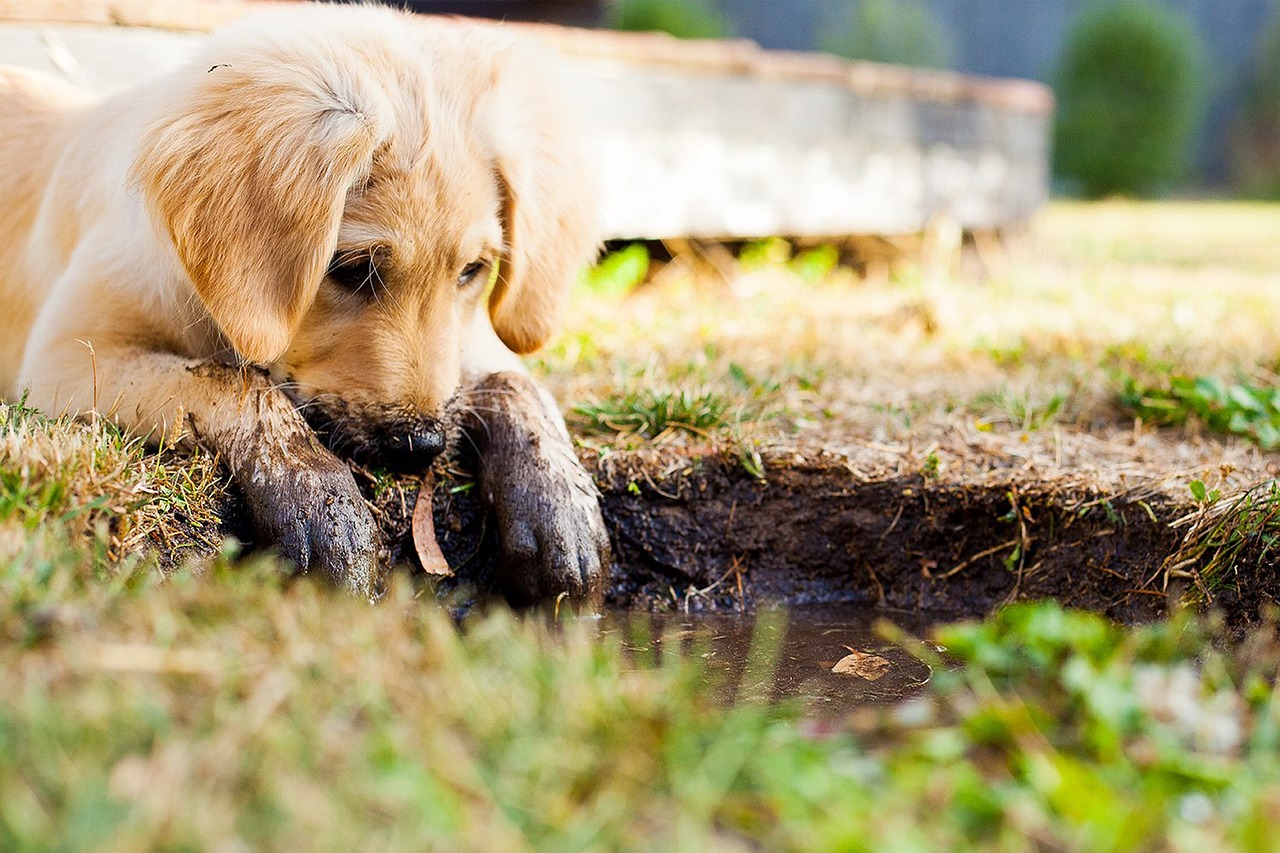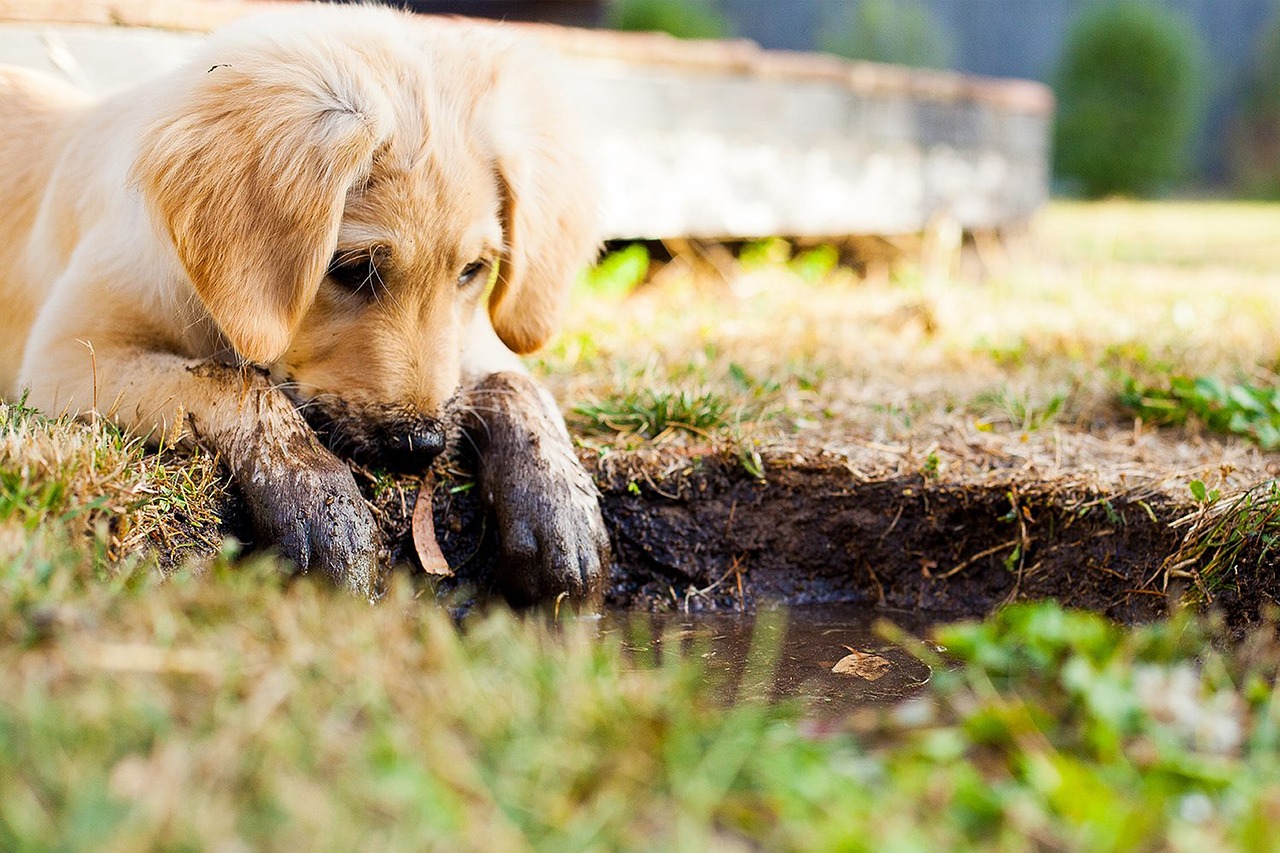Social anxiety in dogs, or 강아지 사회불안, is a common issue that can significantly impact their well-being and quality of life. This condition often manifests as fear or avoidance of social interactions, leading to stress for both the dog and their owner. Understanding the signs and causes of social anxiety is crucial for fostering a more confident and relaxed pet. In this blog, we will delve into effective strategies for managing and alleviating these anxious behaviors. Let’s explore in detail below.
Understanding Social Anxiety in Dogs
Signs of Social Anxiety
Social anxiety in dogs can manifest in various behaviors, each indicating that your pet may be feeling overwhelmed or fearful in social situations. Common signs include excessive barking, growling, or whining when encountering new people or animals. Additionally, you might notice your dog cowering, hiding, or attempting to escape when faced with unfamiliar environments. Physical symptoms such as trembling, drooling, and even destructive behavior can also signal distress. Recognizing these signs early on is essential for addressing the issue effectively and helping your dog feel more secure.
Causes of Social Anxiety
The roots of social anxiety in dogs can be multifaceted and often stem from a combination of genetic predisposition and environmental factors. Early experiences play a crucial role; puppies that are not adequately socialized during their formative weeks may develop fear-based responses later in life. Traumatic incidents, such as being attacked by another dog or experiencing loud noises, can also contribute to heightened anxiety levels. Furthermore, certain breeds are more susceptible to anxiety disorders due to their temperament. Understanding these underlying causes can aid in developing tailored strategies for your dog’s specific needs.
The Impact of Social Anxiety on Daily Life
When a dog suffers from social anxiety, it affects not only the animal but also the dynamics of family life and social interactions. Owners may find themselves restricted in their activities, avoiding parks or gatherings where other dogs and people are present due to fear of their pet’s reactions. This avoidance can lead to a lack of exercise and mental stimulation for the dog, exacerbating the problem over time. Additionally, the emotional toll on owners can be significant; feelings of frustration and helplessness often arise as they strive to support their anxious pets while managing their own stress levels.
Creating a Safe Environment
Establishing a Calm Space
Creating a safe haven for your dog is vital for reducing anxiety levels. Designate an area within your home where your pet can retreat when feeling overwhelmed. This space should be quiet and free from distractions, equipped with comfortable bedding and familiar toys. Ensuring that this area is easily accessible allows your dog to seek comfort whenever they need it. Incorporating calming elements like soft music or pheromone diffusers can further enhance this environment, helping to soothe nerves and promote relaxation.
Minimizing Triggers
Identifying and minimizing triggers is essential for managing social anxiety effectively. Observe your dog’s behavior closely to pinpoint specific stimuli that provoke anxiety—these could range from loud noises to certain types of people or animals. Once identified, take steps to limit exposure to these triggers when possible. For instance, if your dog becomes anxious around children, try to avoid busy playgrounds during peak hours until they build confidence through gradual exposure.
Consistent Routine
Establishing a consistent daily routine can help provide structure and predictability for anxious dogs. Regular feeding times, walks at set intervals, and predictable play sessions contribute to a sense of security. Dogs thrive on routine as it helps them understand what to expect throughout the day. A well-structured schedule not only reduces uncertainty but also reinforces positive behaviors by creating opportunities for training and bonding experiences.
Positive Reinforcement Techniques
Reward-Based Training
Utilizing reward-based training methods is one of the most effective ways to address social anxiety in dogs. Positive reinforcement encourages desired behaviors by associating them with rewards such as treats or praise. When introducing your dog to new situations or environments, offer treats or verbal praise when they exhibit calm behavior rather than reacting anxiously. This approach helps build positive associations with previously fearful scenarios and fosters confidence over time.
Gradual Desensitization
Gradual desensitization involves slowly exposing your dog to their fears at a manageable level while reinforcing calm behavior with rewards. Start by introducing low-stress situations—perhaps allowing them to observe other dogs from a distance before gradually decreasing that distance as they become more comfortable. This technique requires patience but is highly effective in helping dogs confront their fears without becoming overwhelmed.
Counter-Conditioning Strategies
Counter-conditioning works hand-in-hand with desensitization by changing your dog’s emotional response to specific triggers through positive experiences. If your dog reacts negatively towards strangers, begin by having friends offer treats while remaining at a distance that does not provoke anxiety. Over time, decrease the distance while continuing this practice until your pet associates people with positive outcomes rather than fear.
The Role of Professional Help
Behavioral Therapy Options
In some cases, seeking professional help may be necessary for addressing severe social anxiety in dogs effectively. Certified animal behaviorists or trainers specializing in canine behavior can assess your dog’s specific issues and develop tailored treatment plans incorporating various techniques suited for individual needs. Behavioral therapy often combines training strategies with an understanding of canine psychology to achieve lasting results.
Medication Considerations
For some dogs with extreme anxiety levels that do not respond adequately to behavioral interventions alone, medication might be recommended as part of a comprehensive treatment plan. Consult with a veterinarian who specializes in behavioral health; they can prescribe anti-anxiety medications that work alongside training efforts aimed at reducing stress levels over time.
Support Groups and Resources
Connecting with other pet owners facing similar challenges can provide valuable insights into managing social anxiety effectively. Support groups—whether online forums or local meet-ups—allow individuals to share experiences and strategies that have worked for them personally while fostering community support among those navigating similar journeys.
The Importance of Patience and Consistency
Avoiding Punishment Methods
It’s crucial never to resort to punishment-based methods when dealing with social anxiety in dogs; these approaches often exacerbate fear instead of alleviating it. Punishing anxious behaviors can lead only deeper into insecurity and mistrust between you and your pet—a cycle that becomes increasingly difficult to break over time.
Celebrating Small Victories
As you work through strategies designed to reduce social anxiety in dogs, celebrating small victories is key! Progress may come slowly but recognizing improvements—no matter how minor—can motivate both you and your furry friend along this journey toward greater confidence!
Building Trust Through Bonding Activities
Engaging in bonding activities strengthens the relationship between you and your dog while simultaneously providing an outlet for stress relief! Regular playtime sessions allow opportunities for connection built on trust rather than fear—activities like fetch or puzzle toys stimulate mental engagement while reinforcing positive associations between interaction & fun experiences together!
Long-Term Management Strategies
The Power of Routine Check-Ins
Regularly assessing progress regarding managing social anxiety ensures continued growth toward improved well-being! Schedule periodic check-ins where you evaluate how well strategies implemented are working—this allows adjustments based upon changing circumstances within both environment & individual needs!
Continued Education on Canine Behavior
Staying informed about advancements within canine behavior research offers fresh perspectives on tackling challenges posed by social anxiety! Attend workshops focused on understanding canine communication cues alongside effective training methodologies aimed specifically at enhancing emotional resilience amongst sensitive breeds!
The Role of Community Engagement

Participating actively within local communities dedicated towards responsible pet ownership fosters an environment conducive towards learning best practices regarding handling behavioral issues—including those related specifically around societal anxieties prevalent amongst our beloved companions! Sharing knowledge strengthens bonds across networks whilst cultivating compassion-driven approaches designed ultimately leading happier lives shared together!
To wrap up
Addressing social anxiety in dogs requires a multifaceted approach that combines understanding, patience, and consistent training. By recognizing the signs and causes of anxiety, creating a supportive environment, and employing positive reinforcement techniques, owners can help their pets navigate their fears. It is essential to remain committed to the process, as building confidence takes time and dedication. Engaging with professionals and fellow pet owners can further enhance your journey toward fostering a more relaxed and secure companion.
Further insights and info

1. Socialization is crucial during a dog’s early development; exposing puppies to various environments helps prevent anxiety later in life.
2. Consistent routines provide dogs with security; knowing what to expect each day reduces stress and fosters calm behavior.
3. Gradual exposure to triggers allows dogs to adjust without becoming overwhelmed; start small and build up as they gain confidence.
4. Positive reinforcement techniques are effective; rewarding calm behavior helps create positive associations with previously fear-inducing situations.
5. Seeking professional help can be beneficial for severe cases; trainers or behaviorists can offer tailored strategies for individual needs.
Summary of essential points
Understanding social anxiety in dogs involves recognizing signs of distress, identifying root causes, and creating a safe environment for your pet. Employing positive reinforcement training techniques, gradual desensitization, and counter-conditioning can significantly aid in alleviating anxiety. Consistency in routine and engaging with professionals or support groups enhances the journey towards managing social anxiety effectively. Ultimately, patience and celebrating small victories play vital roles in helping your dog develop confidence over time.






